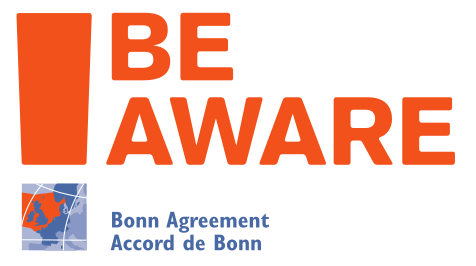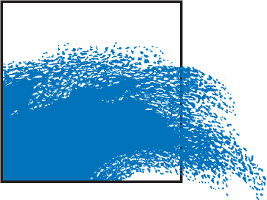BE-AWARE
One of the most important recent activities of the Bonn Agreement, following the Ministerial Meeting in Dublin (Ireland, 2010), has been a regional risk analysis of shipping and offshore industry to evaluate the counter pollution capacity around the North Sea.
This extensive risk analysis was conducted by the Bonn Agreement Secretariat and the Contracting Parties to the Bonn Agreement, in two project phases, BE-AWARE I and BE-AWARE II. Both projects were co-financed by the European Union (DG ECHO).
The main objectives of the BE-AWARE I project (2012-2014) were to map out shipping densities and routes and offshore oil and gas extraction activities, and to determine the risk and size of accidental oil pollution across the entire North Sea area, both today (reference year 2011) and in the near future (2020).
The BE-AWARE II project (2013-2015) built on the results of the BE-AWARE I project and its purpose was to reach risk management decisions for each sub-region of the North Sea. To achieve this goal the oil pollution risks identified in BE AWARE I were coupled with oil drift models and combined with region-wide ecological and socioeconomic vulnerability maps, to determine the general risk of environmental damage through accidental oil pollution in the North Sea. Ten scenarios were then devised for the risk-reduction and counter pollution measures, on the basis of which a series of risk management decisions was reached.
MUMM- OD Nature was involved in both projects. In the BE-AWARE I study MUMM, in collaboration with experts from other North Sea countries, developed a regional methodology for drafting vulnerability maps. In BE-AWARE II MUMM made significant contributions to the hydrodynamic model for the entire North Sea area and validation of the oil drift model.
Although the BE-AWARE projects focused on the risks of oil pollution, BE-AWARE I did involve a small, qualitative sub-study to assess the risks of accidental sea pollution by other hazardous substances, known as Hazardous Noxious Substances or HNS. This smaller study revealed several gaps in our knowledge of HNS, to which the European HNS-MS project (2015-2016), coordinated by MUMM, attempted to furnish a partial answer.



